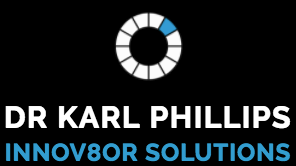Skill
Skill
These are on-going efforts to improve the performance, efficiency or effectiveness of products, systems, services, processes and ultimately people as well, through incremental margin gains opposed to breakthrough or revolutionary events
Competency
Competency
Expert
Competency Level
Competency Level
75%
Knowledge (Theories, Ideas & Concepts)
Through Professional/Personal Study Gained Through Experience
Skills & Application of Knowledge
in Real World Situations
Together with Responsibilities/Accountabilities
Selected Challenges & Approaches
Together With lessons Learnt
Selected Achievements & Successes
Together with Any ‘So What’ Statements of Insights
